Talk Overview
In Part 1, Hoekstra explains that her lab is working to understand how changes in an organism’s DNA result in phenotypic adaptations that allow the organism to better survive or reproduce in the wild. She uses wild mice in the genus Peromyscus (commonly referred to as deer mice) as a model system because they are found in large numbers in many different habitats, allowing for many examples of adaptation to local environments, and they also thrive in a lab environment.
In Part 2, Hoekstra explains how members of her lab studied the effects of a phenotypic adaptation, in this case coat color, on the ability of mouse populations to survive in different habitats. By crossing mice with light and dark coats and analyzing the genomes of the offspring, Hoekstra and her colleagues were able to identify several genes, and specific mutations in those genes, that determine coat color. Amazingly, one of the same mutations may have determined coat color in ancient mammoths!
The link between genes and behavior is the focus of Hoekstra’s third talk. By studying burrowing behavior in two species of mice, both in the lab and in the wild, Hoekstra showed that burrowing is not strictly a learned behavior and is, in fact, controlled by a small number of genes.
Speaker Bio
Hopi Hoekstra

After a short stint studying political science in college, Hopi Hoekstra switched her focus to biology. She received her B.A. in Integrative Biology from UC Berkeley, and her Ph.D. in Zoology from the University of Washington. She completed postdoctoral research at the University of Arizona, and, in 2003, she joined the faculty at UC San… Continue Reading
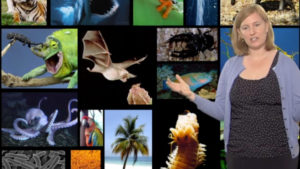
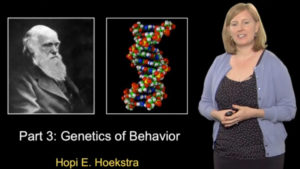
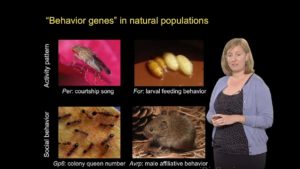
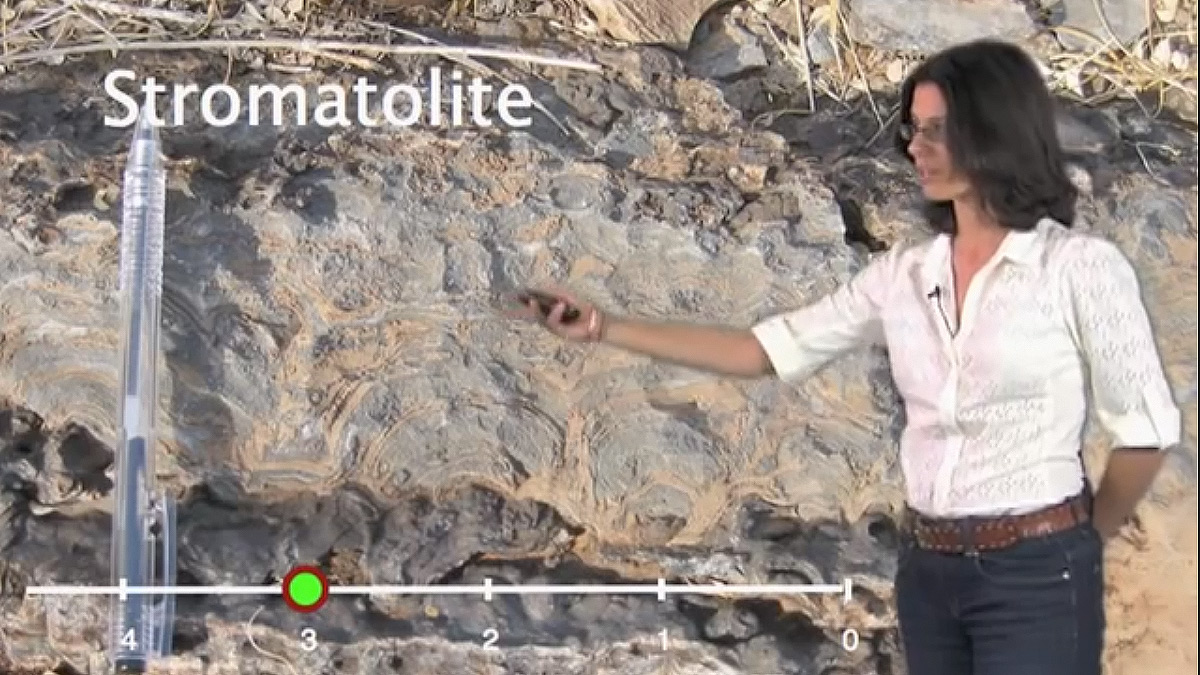
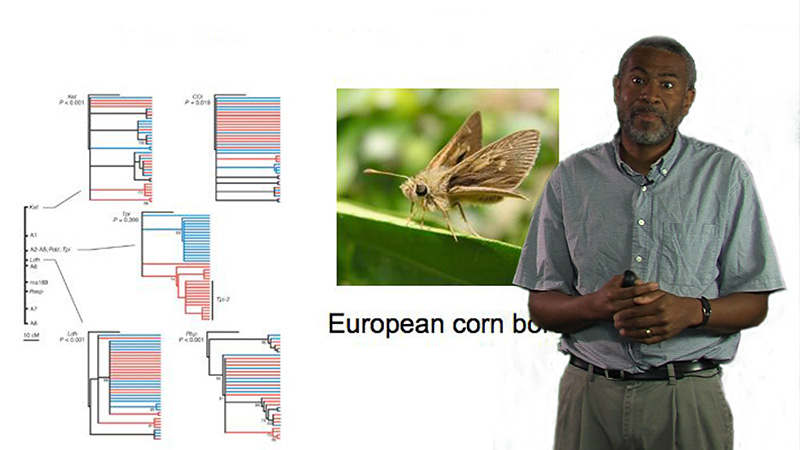
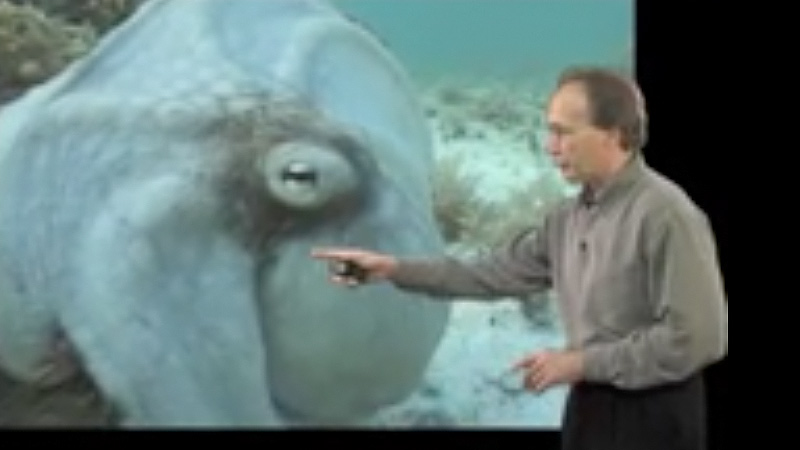
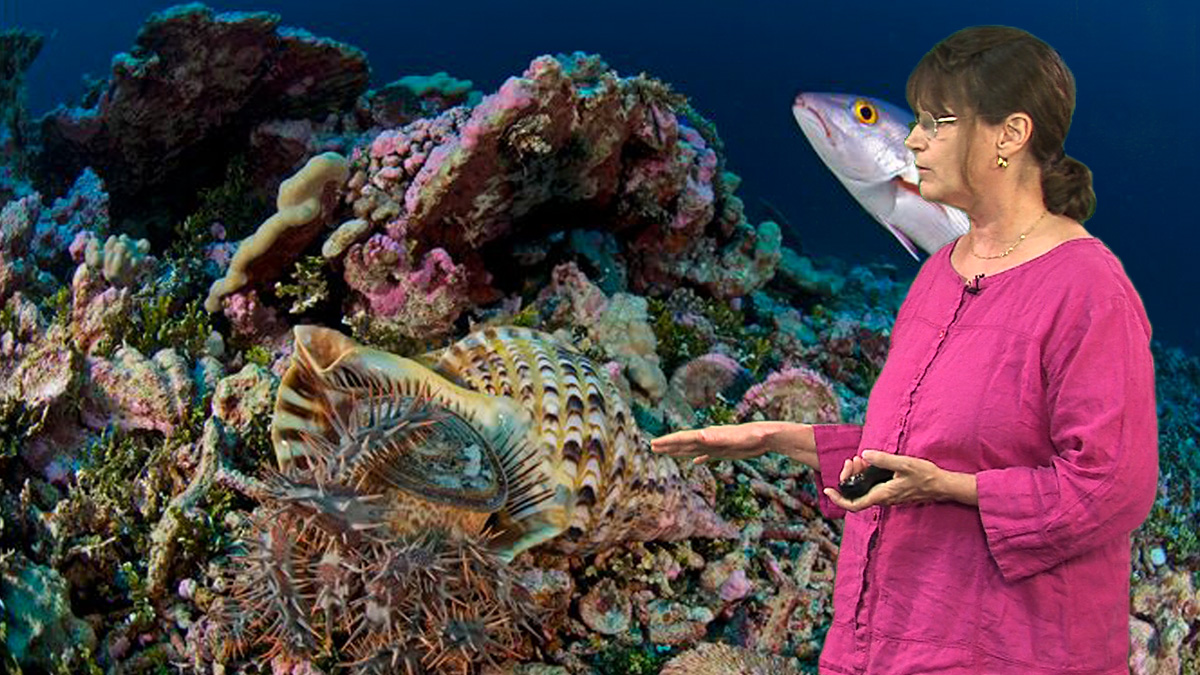





Leave a Reply